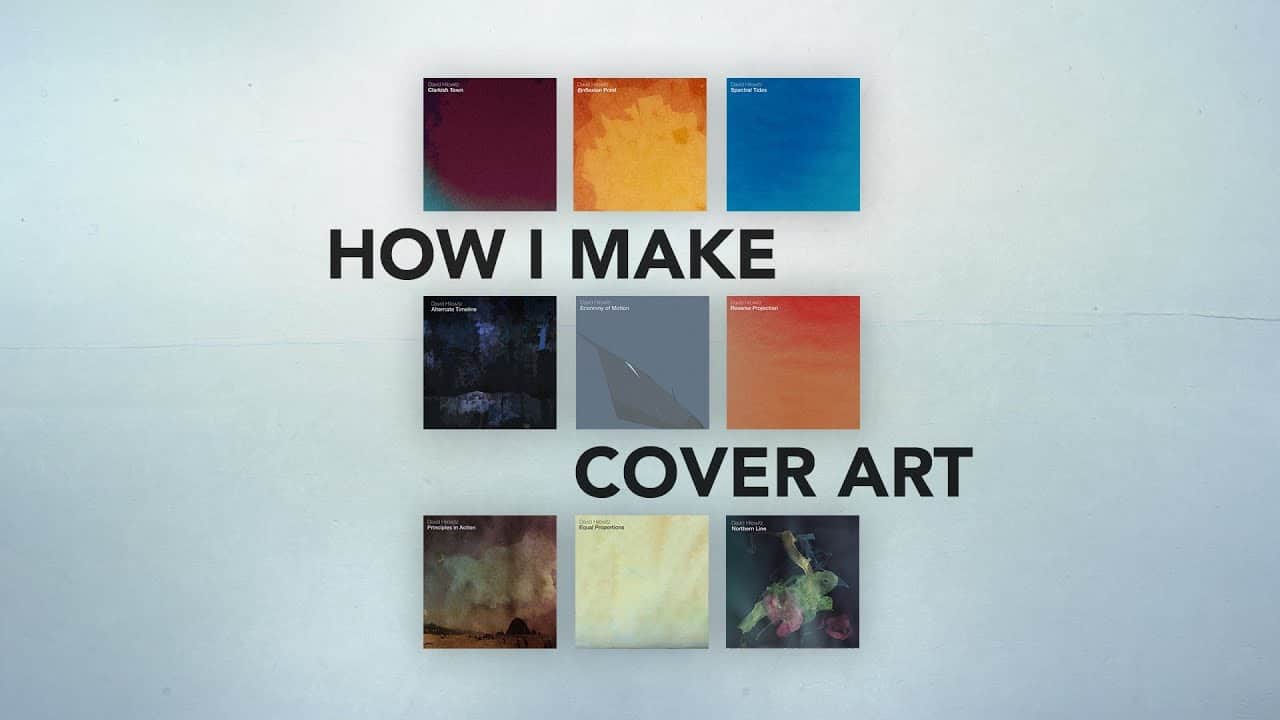About the Author Jonathan Sharp
Jonathan Sharp is a composer, sound designer, maker of noise and founder of Heartwood Soundware. So here’s obligatory about him: As a child, he had a piano and violin lessons, as a teenager he taught himself to play guitar and synthesizers. Around that time, Jonathan started to experiment with the recording too. Jonathan spent several years playing in a variety of bands, but as technology like samplers and sequencers became more affordable.
Jonathan started to work on my own. He spent most of the 90’s making a lot of grinding industrial electro albums, gigged in the UK and US and had a great time making noises. There were no sample libraries back then. You had to do it yourself from scratch. By sheer good fortune, Jonathan drifted into library music and have done that since 2001. Over the years he has written for a whole variety of publishers worldwide. More recently, Jonathan becomes more interested in the sound design aspect and do a great deal of work, creating content for Trailers.
Eurorack for a Composer and Sound Designer
If like me, you’re a composer for media/library/trailer then you’re probably thinking about dabbling in eurorack modular. Here’s how it’s worked for me: Long ago in a galaxy far away, my first ever synth was a Roland Sh101, which I still have. I’ve moved from hardware to working largely in the box with ever increasingly complex and powerful software. I do a lot of my own synth programming and even recently started to sell my own presets – that makes me a fairly confident experimenter. Now let’s be perfectly honest, if you have Reaktor you already have a pretty powerful modular in your box of musical tricks.
How I got started with Eurorack
And there are plenty of other software options out there. From the free VCV Rack to Softube’s Modular and Arturia’s wide range of vintage synth emulations (See our V Collection 7 Review). And yes, if you want to work fast and have a flavor of that sound then they present a good option. But ….. no amount and mouse clicking and automation are ever going to replace the hands-on experience of a hardware analog synth. So, I got the itch to go modular, I decided to start with a piece of semi-modular hardware and I got a Make Noise 0 Coast, semi-modular synth. I fell in love with it immediately and then started thinking about expanding.

One slightly unexpected nice royalty payment later and I took the plunge into full-on eurorack. The first step, get a powered case because each module needs to be hooked up to power. So I got a Doepfer case that was going to give me enough room to get some of the modules I’d decided I wanted.

My first Models: OSC, Filter, VCA, and Maths
My first module – let’s start with a simple oscillator. I went for a Make Noise STO. I then needed a filter, and I wanted the filter from a Polivoks, so I went for an Erica Synths Polivoks VCF.
MATHS by Make Noise
When you start modular everyone says: you must get MATHS – Make Noise. So I did. It’s a great multifunction module capable of both envelope shaping, LFO and a whole bag of tricks. Add a VCA so you can then actually use the envelope shapes and finally an output module, a Make Noise Rosie, to get the modular signal up to audio output level and out via a quarter inch jack.
Integrating MIDI
So that at its most basic is a pretty simple monosynth voice. Now it only responds to CV and Gate, which fortunately my Arturia Keystep controller keyboard can output. But if you want to use this as an external instrument in your DAW, then you will need a midi to CV module. I went for Erica Synths Black MIDI-CV module. So by this point, I have a mono synth that I can integrate into my DAW work environment.
But let’s talk about my choice of modules….. I think you can see a theme developing here. I have gone for Make Noise because their modules are inspired in a large part by Buchla synths and their more experimental approach and Erica Synths because they make modules inspired by the Russian Polivoks synth. So I’m essentially building a bespoke synth that’s part Buchla and part Polivoks and it sounds pretty unique.
From there, things took some interesting diversions based on what I was intending to do with it all. I primarily wanted to use it as a source of sound design so I began to look at more left field modules. There are some truly fascinating samplers, granular synths, spectral resonators. Things that take your audio into very experimental territories. Likewise, there are some percussion orientated modules that provide whole new sonic territory for the adventurous experimenter. Do you want a whole bunch of instant trailer hits? Try Noise Engineering’s Basimilus Iteritas Alter; there’s nothing like it.
Existing Guitar Pedals
Also, keep in mind that you can use guitar pedals with modular too, there are a number of different pedal integrator modules that allow you to make your pedals part of the modular world. So you can start including anything from fuzz and distortion through to big sky and beyond.
Modular and Hybrid Composing
So now that I am armed with a whole batch of modules, what do I do with them? Well, again, let’s be honest, I don’t work fast. What I do is make time to experiment for a couple of hours. Recording audio straight into the DAW then going back and chopping the results up, to either work with as purely audio or else as WAV files that I can then load into Kontakt/Iris/EXS24 for further modification.
But then when you get the call for “we need completely original sound design with no third party commercial content of any kind”. I have a huge stack of audio that is mine. Utterly exclusive and pretty much exactly what I’m looking for as a start point. Similarly, I’ve also got a library of pretty unique synth material that I can make my own bespoke instruments from. Huge banks of drums and percussion, zaps, blasts, risers, falls, drones, synths of all descriptions.
Software, Semi-Modular, Eurorack, and Hybrid
If you are genuinely interested in euro modular, go try VCV Rack first. It’s free, and it will genuinely give you a feel for the anything-goes approach of modular. Watch some tutorials and give it a try. If you can’t get away with it, you’ve just saved yourself a lot of money.
If you fall in love, then maybe do what I did and start with a semi-modular synth. I have to say the cheapest option now is probably Behringer’s neutron and it’s a surprisingly nice synth with a lot of options for experimenting. It sounds good too!
To get started with Eurorack you need
- A case and power
- VCO, VCF, LFO, VCA, Envelope Shaper, output module and probably a midi to CV

That’s honestly the bare minimum. Take a look at other people’s systems, at popular modules and above all watch some demo videos. ModularGrid is a remarkable resource to get inspired and feedback.










